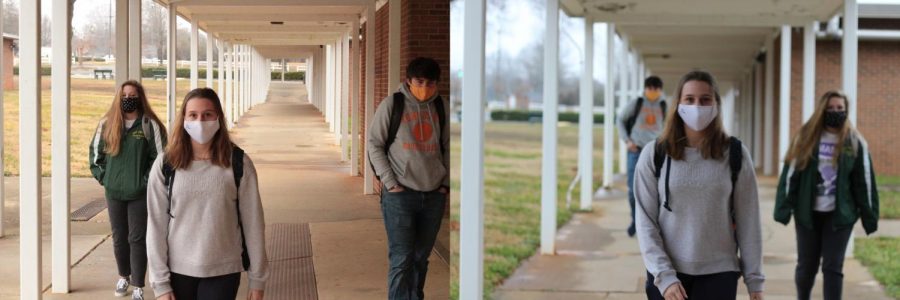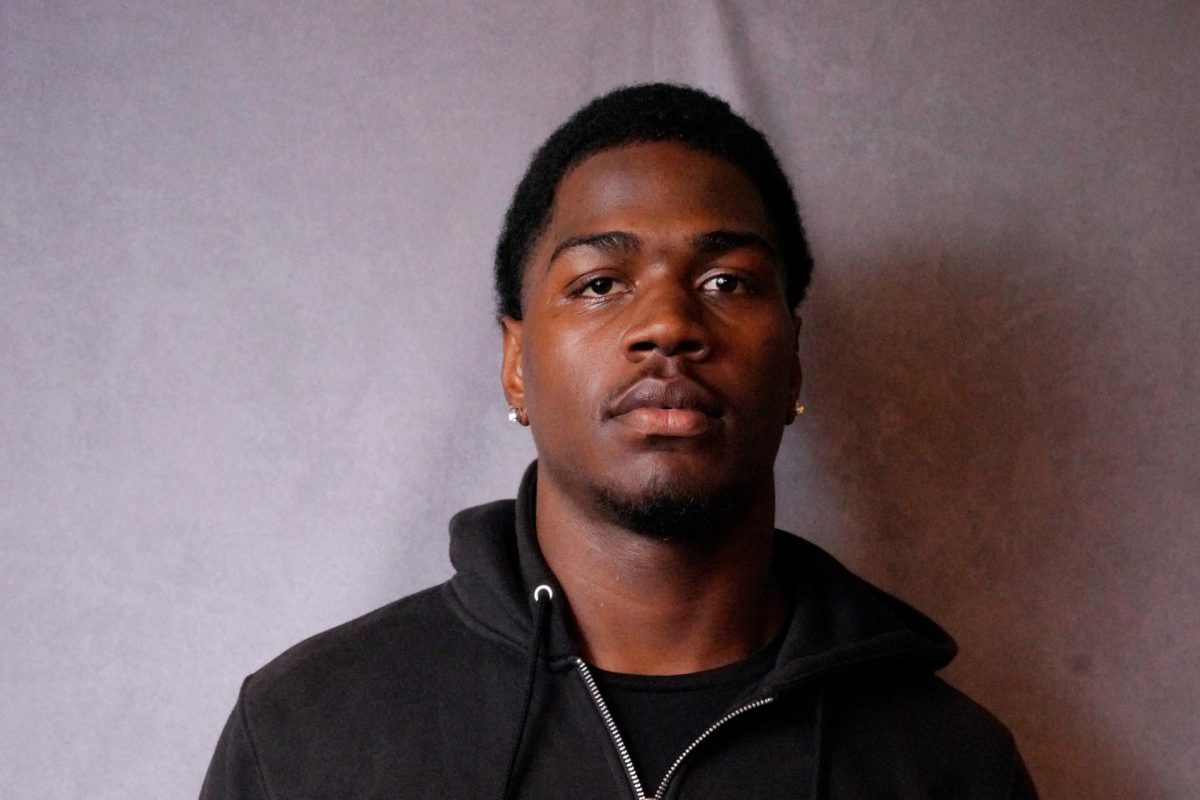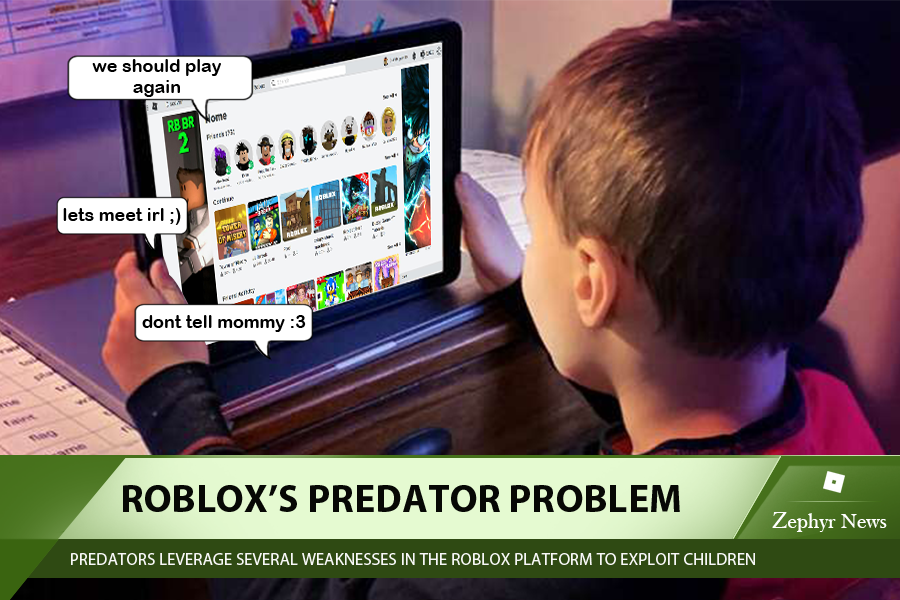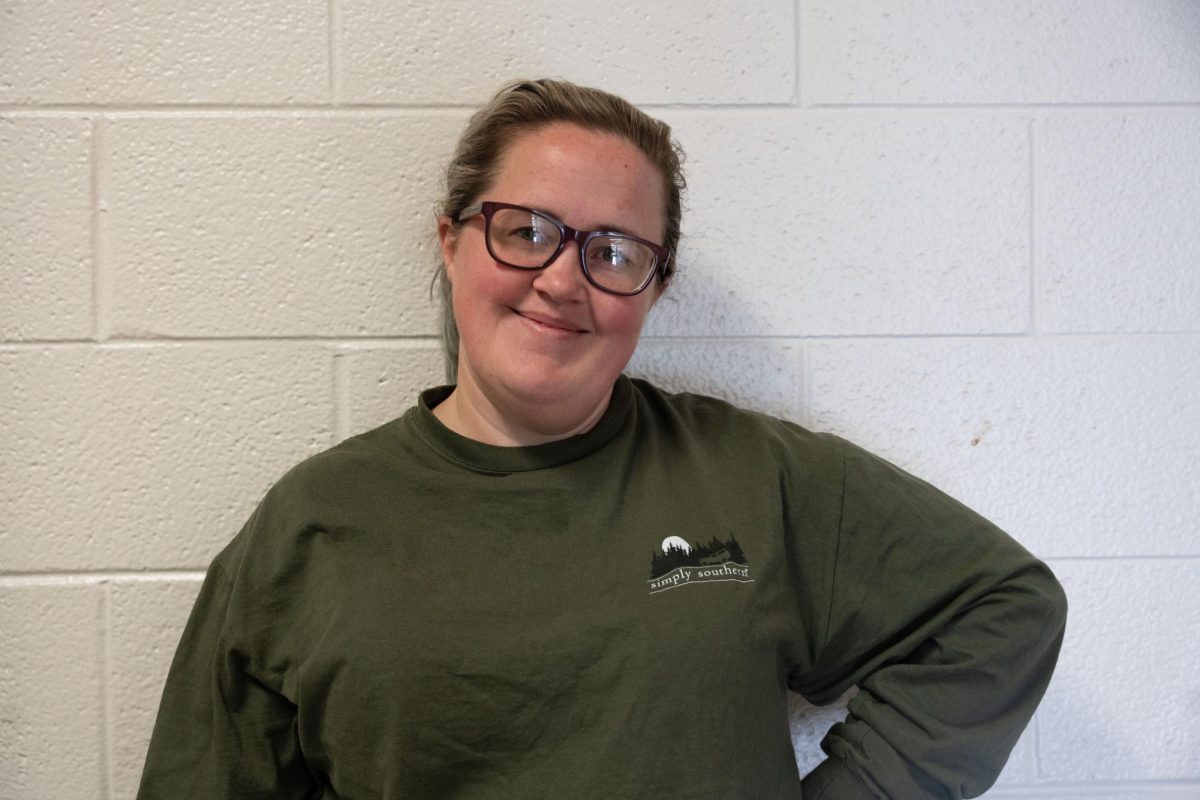Point vs Counterpoint: Is going back to school safe?
Students shown walking to class following the new safety guidelines implemented when coming to school in-person.
February 24, 2021
A return to in-person learning is crucial for student success- By Jenna Jordan
The 2020-2021 school year has been one like no other. For the past 10 months, high schoolers have not seen their teachers, classrooms, or classmates, except through computer screens. It has taken a toll on both mental health and grades. The American Academy of Pediatrics strongly advocates for the return to in-person learning, citing the negative emotional, mental and physical impacts on children and teens. This past semester there were many more class failures than usual, causing the county to devise emergency failure recovery plans. In Forsyth County, 4.4% of students are entirely inactive in their classes. Even though schools are stepping up to meet this mental health crisis, a lot of students don’t turn to their school programs for help. In the past, the schools have not had an adequate amount of funding going towards students’ mental health and well-being, so why would we trust their ability to help now? We are ready to return to some sense of normalcy. Students need to be returning to in-person learning and continuing to delay that return also delays students’ successes in school and a healthier mental state.
With screening checks every morning, intense cleaning supplies, social distancing procedures and masks being mandatory, the school is prepared to accommodate the limited student population that is planning to return in-person. Going back is a choice, and all who have made that decision understand the risks associated with it. High school students are also the ones most in need of personal instruction. While yes, small children need that instruction time too, it’s not fair to discount our teens just because it’s falsely assumed we can teach ourselves. Upperclassmen tend to take more rigorous courses, therefore requiring more instruction time with teachers. Some of these courses are required for students to graduate, and if they are failing them because they have difficulties learning online, that is unfair to them and a misjudgment of their abilities.
Most of the counties surrounding Forsyth have had students in a hybrid rotation of in-person and online school for the entire school year. Even though they have a smaller student population, Forsyth is accommodating for our larger one by assigning us into four cohorts. Those schools have had little to no trouble with their hybrid programs. What makes Forsyth County any different? With grades K-9 already in school on a hybrid schedule, I don’t understand the purpose of delaying the return of our older students who are in dire need of face-to-face instruction. Not only is it important for students to have daily social interaction with peers, but also with teachers. Sophomore and junior year are vital for students to make teacher connections. These connections will allow teachers to make personal college references and write letters of recommendation for the National Honor Society, jobs, summer programs and other merit-based opportunities that reach further than surface level.
Keeping students from the best education that they can get is unfair. Ultimately, we, as students, have decided whether or not we feel safe enough to return to school. Our county and schools must see and respect our need for in-person instruction. COVID case numbers will continue to rise as students attempt to break their isolation from classmates. Bringing us together in a safe environment is better than trying to keep us apart. All high schoolers deserve the chance to return to school and make the best of their last years before heading off to college. High school is the time to prepare us for our futures and lives on our own, and online remote learning just isn’t going to cut it.
Going back to school in person is not a good idea- By Poppy Williams
With more than 2,500 students at West as well as 150 staff members, the decision to return to in-person learning should not be taken lightly. As we go back to school COVID case numbers will inevitably continue to rise. The decision to return to in-person learning will put the health of our students, and especially our staff at risk.
You may be thinking, “That’s why we are being broken up into smaller cohorts and enforcing masks.” Yes, but if you divide 2,500 by four, that’s still around 625 students having to come in contact with each other at least three times a day switching classes alone. There is no possible or reasonable way we can expect our staff to ensure that this number of students are wearing their masks. Whether or not we are enforcing masks, with this kind of contact indoors, people will still catch the virus.
Students have a life outside of school, especially now that we are spending more time in our homes. Since we aren’t currently in a lockdown due to COVID, teenagers are going out and spending time with friends without taking precautions. Some do it responsibly, but others continue to be ignorant and go to large social gatherings every weekend. We can’t control their lives, but we can at least prevent the spread from occurring throughout the poorly ventilated classrooms. The private schools have been able to monitor and track the social lives and travel history of their students, but that would be nearly impossible with the thousands of students in the WS/FCS system. Even with the limited number of students who have returned, parents have already sent their children to school with COVID symptoms. We can’t trust everyone to make responsible decisions to keep everyone safe.
Consequently, students who return to in-person schooling will still be missing major social opportunities. They will not get the same social interaction with their peers as they did pre-COVID-19. There is no congregating allowed before or during school. When we do get the chance to go back to school, all we will be doing is walking class to class, sitting at socially distanced desks, logging in to the computer and into Zoom just like we do at home. There would not be social interactions that teens are missing. This will do nothing to benefit the students’ mental health.
You can’t forget about the gas and electricity costs to fuel and heat buses. It’s not only wasteful and bad for the environment, but it’s pointless. We will be unnecessarily squandering time and money just to go sit in front of a computer at school, rather than waking up five minutes before class and getting on our computers at home. I know I’m not going to be using my gas to drive to school, especially now that gas prices have started going up again.
Although some students and parents insist on the return to in-person learning, more students are opting to stay home, causing teachers to be stretched between the online and in- person learning groups. Everyone knows that online learning is not ideal, but going back in person would be worse.







